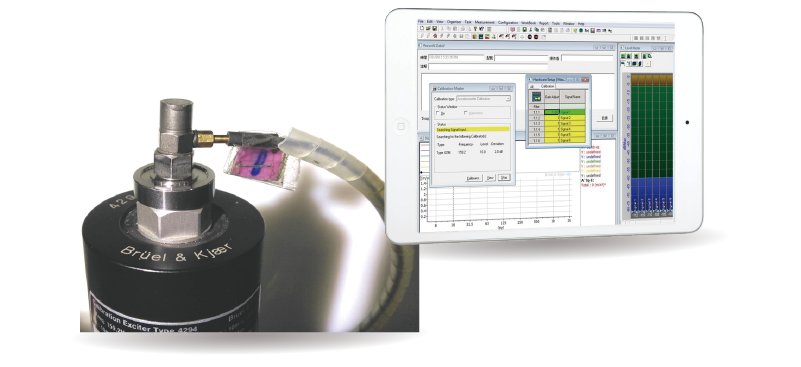1. Declaration and verification of vibration emission values
The vibration magnitude (level) is represented by the frequency-weighted rms acceleration in m/s2 of the surface of the tool, handle or workpiece in contact with the hand. The risk to health from vibration is affected by the frequency content of the vibration. When vibration is measured in accordance with ISO 5349-1, vibration frequencies between 8 and 16 Hz are given most weight, and frequencies above and below this range make a smaller contribution to the measured vibration magnitude. This process is called frequency weighting. Vibration meters intended for HAV measurement are equipped with a frequency weighting filter, to modify their sensitivity at different frequencies of vibration. The measuring is conducting by picking up and recording the signals of both low frequency and high frequency on the vibration wave (between 6.3 and 1250 Hz). The collected data then pass through the spectrum analyzer to generate the frequency-weighted rms acceleration in m/s2 which is used to declare the vibration emission level.
2. Calibration of Instruments
Vibration meters and other items of measuring equipment should meet the correct specification for the measurement of hand-transmitted vibration given in ISO 20643. Accelerometers (vibration transducers) and the accessories and methods for mounting them should be carefully selected and calibrated with following ISO 5347 and ISO 16063.

3. Execute Test
The measurement and evaluation of human exposure to hand transmitted vibration comply with the ISO 5349. The vibration transmitted to the hand shall be simultaneously measured and reported for three directions (X, Y, or Z) of an orthogonal coordinate system as shown in the figure below. For a family of machinery, these directions of vibration measurement shall be defined in the vibration test code. Three series of five consecutive tests shall be carried out on each machine tested, using a different operator for each series.


4. Issue Report
Testing Processes



